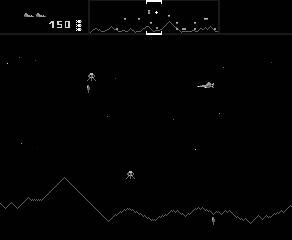Chapter 21: Designing Design Tools
Overview

Man is a tool-using animal . . . Without tools he is nothing, with tools he is all.
” Thomas Carlyle
An integral part of developing a good game is creating compelling content for that game. In order to create superior content, the design team will need to be equipped with well-designed, robust game creation tools. Therefore, one can conclude that designing a good game is about designing good game creation tools.
Other than the development environments the programmers use to compile the game s code and the graphics packages the artists use to make the game s art, the most commonly used game creation tool is the level editor. What distinguishes this tool from the others I mentioned is that it is typically built specifically for a project or, at least, for the engine the team is using to power the game. It is the responsibility of the development team to make this level editor as powerful as it can be in order to facilitate the job of the level designers and allow them to make the best game-world possible.

The simple levels found in early games such as Defender did not require a sophisticated level editor to be created.
Of course, not every game has levels. Many of the classic arcade games from the early 1980s such as Missile Command or Space Invaders do not have levels as we think of them now. And the games that did, such as Defender or Tempest , certainly did not require sophisticated level editors to create their game- worlds . Sports titles have levels that are quite simple and mostly require the construction of visually pleasing stadiums to surround the gameplay. Games like Civilization and SimCity auto-generate the basis of a level using randomness combined with specific internal rules that will ensure the map will be fun to play. They then allow the players and AI to build the rest themselves , during the game. I discuss the nature of levels in games in more detail in Chapter 23, Level Design. Many modern games employ sophisticated levels, levels that have a tremendous impact on the shape and form of the gameplay that takes place on them. These games demand that their development team create an editor with which the level designers can build the game-world.
Surprisingly, many development teams fail to invest enough programming time in making their tools as strong as possible. Often teams have no idea what is standard in other tools used in the industry. Frequently, not enough time is invested in preplanning and thoroughly designing how a level editor will work. As a result of all of these factors, it is often many months before the level design tools are reasonable to use. Frequently a programmer is stuck with implementing or improving the level editor as extra work on an already full schedule, and is forced to use the trusty code like hell method of implementation to get it done in time. Often, key timesaving features are not added until midway through a project, by which time the game s designers are already hopelessly behind in their own work. Up-front investment in the tools and their continued support throughout the project is certainly a lot of work, but in the end it is time well spent.
EAN: 2147483647
Pages: 189